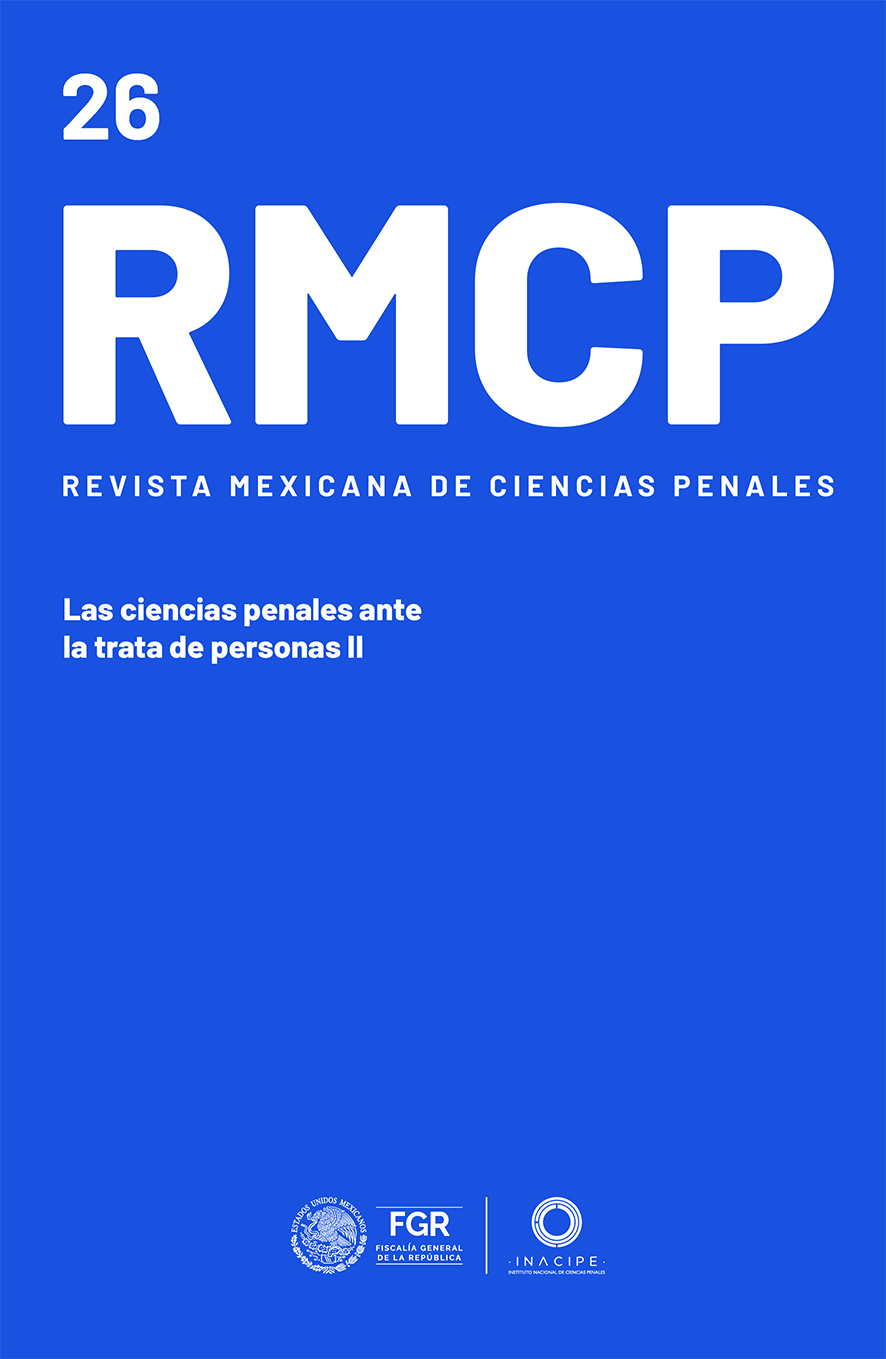Human trafficking continues to be one of the most complex and dynamic criminal phenomena of our time. Its multiple manifestations, structural causes, and new methods of operation —driven by technological, economic, and social factors— demand constant and updated analysis from the legal and criminological communities.
Issue No. 23 of the Revista Mexicana de Ciencias Penales, titled “Criminal Sciences in the Face of Human Trafficking,” explored the conceptual, legislative, and victimological foundations of this crime. Now, continuing and deepening those efforts, the National Institute of Criminal Sciences presents a second installment: “Criminal Sciences in the Face of Human Trafficking II,” offering new critical perspectives, diagnostics, and proposed solutions.
This new edition reaffirms the need to continue studying human trafficking not only as a historical phenomenon but also as an issue in constant transformation. Forced migration, the expansion of criminal networks, the impact of artificial intelligence and social media on victim recruitment, as well as the challenges of effectively protecting human rights, have opened new avenues of analysis that this journal seeks to explore.
The studies included in this edition examine the expansion of trafficking in human organs, tissues, and cells as one of the most extreme and invisible forms of human exploitation. The need to reform the legal definition of child trafficking in its begging-related form is also discussed, with an emphasis on the principle of the best interests of the child. Furthermore, the edition explores the impact of emerging technologies —such as big data processing, facial recognition, geolocation, and blockchain— on the detection and prevention of this crime. It also addresses the challenges posed by the use of social networks as platforms for recruitment, entrapment, and control of victims, as well as the economic analysis of human trafficking as a highly profitable illicit activity. Finally, it proposes the strengthening of procedural protection measures through the use of early evidence to safeguard victims’ integrity.
In addition to these monographic studies, this edition includes a “Varia” section featuring two articles on juvenile criminal law: one on the key factors leading to the recruitment of minors by criminal organizations, and another on the challenges of statute of limitations in the juvenile justice system.
The issue concludes with a critical review of the book Therapeutic Jurisprudence (TTD) in Juvenile Justice by Dr. Sofía Cobo Téllez, highlighting the potential to transform the juvenile criminal justice system into a more humane and holistic model.
With this second installment, the National Institute of Criminal Sciences reaffirms its commitment to the study, reflection, and development of proposals in response to human trafficking —a crime that challenges not only criminal law but also the fundamental values of our society. We invite readers to delve into these pages, confident that critical understanding is the first step toward a more effective, just, and humane response.
Oswaldo R. Aguilar Rivera
DOI: https://doi.org/10.57042/rmcp.v9i26
Published: 2025-05-28

